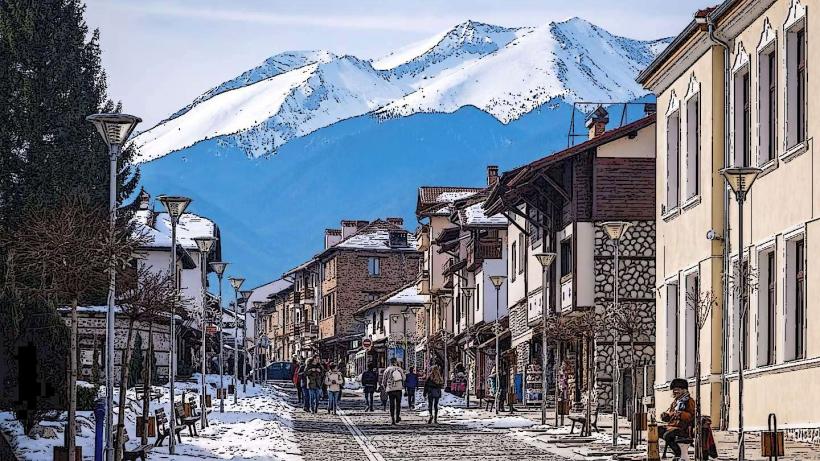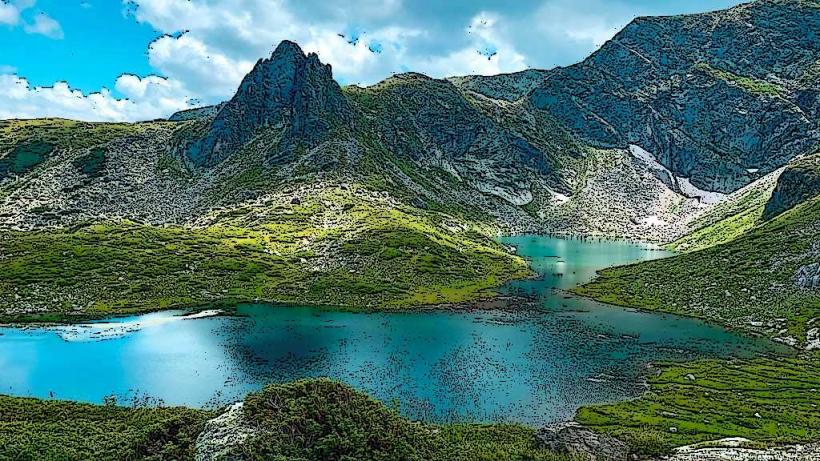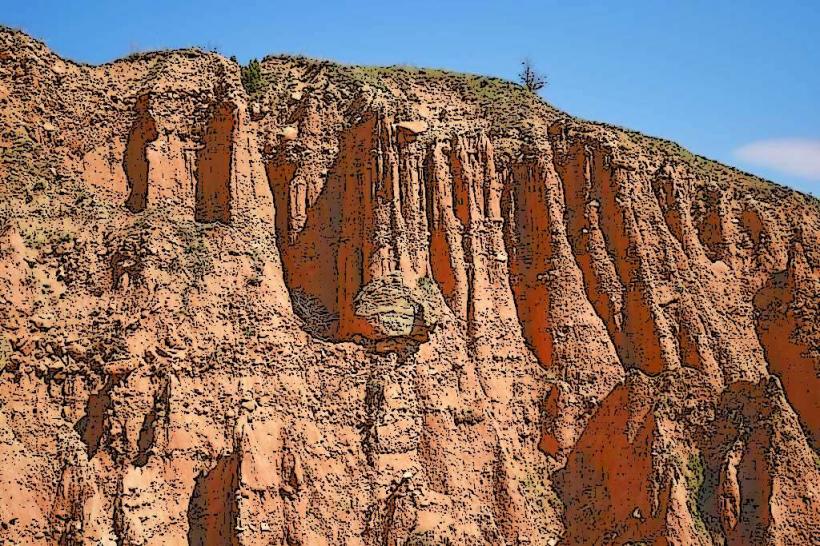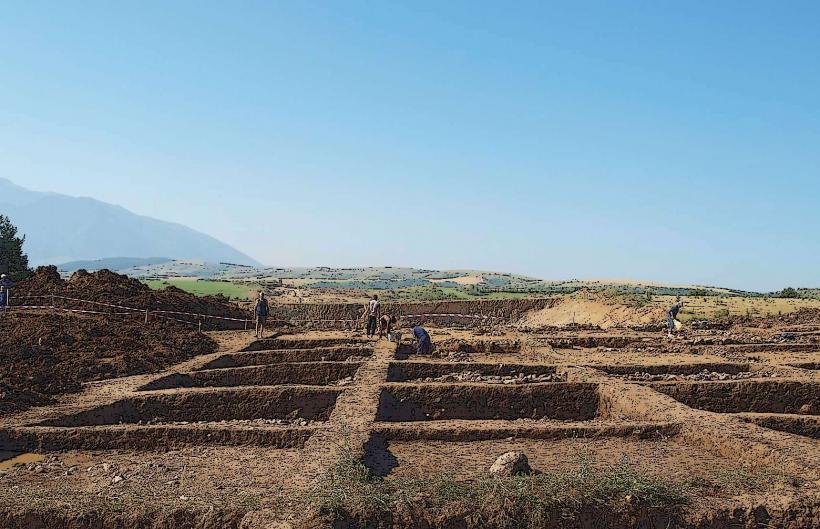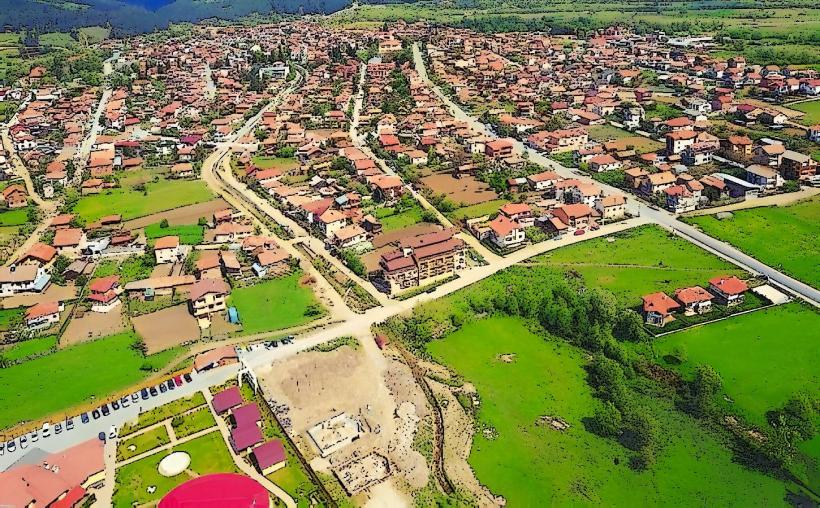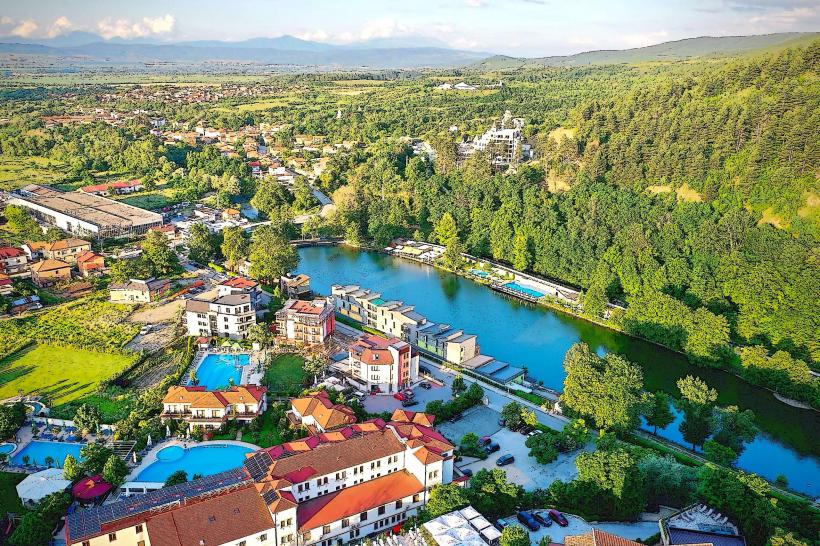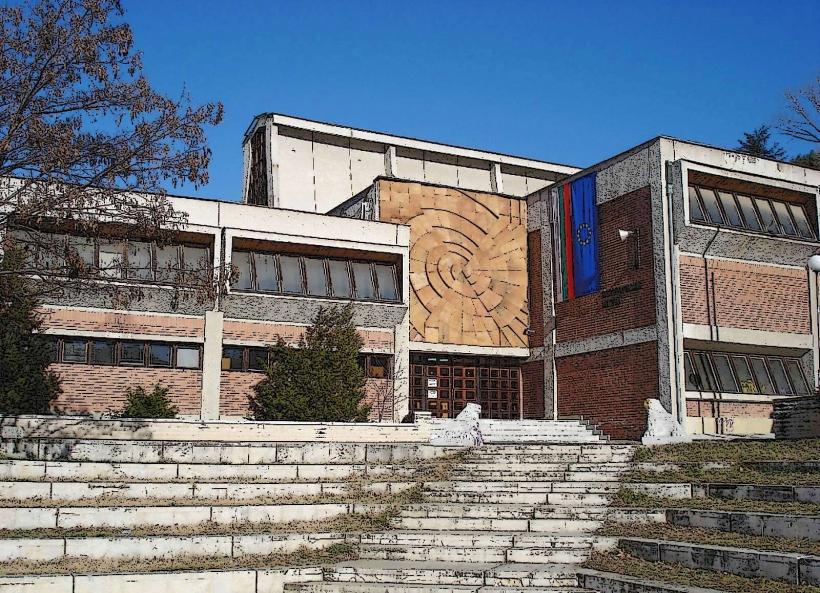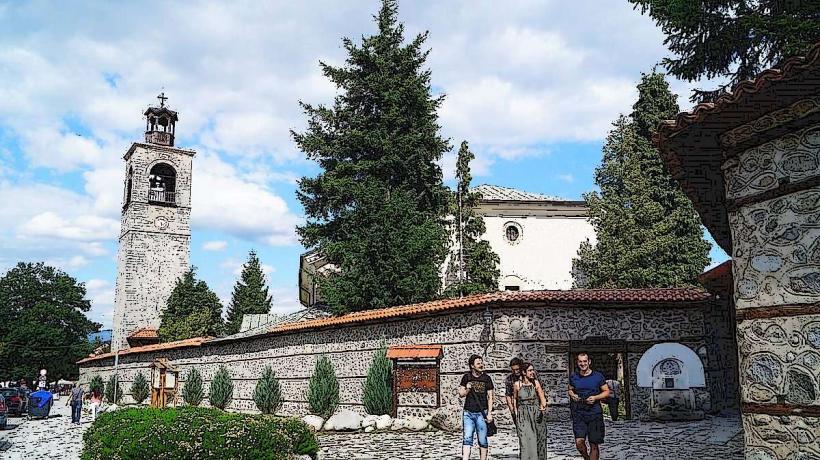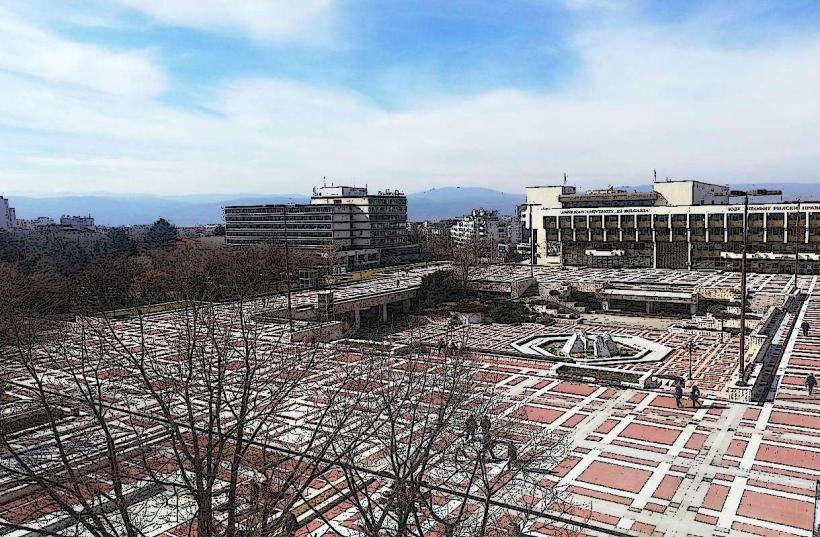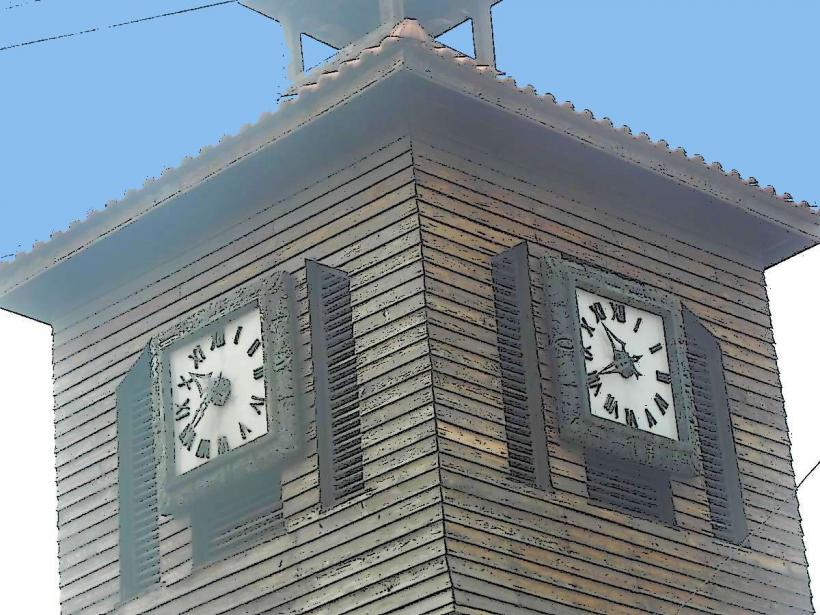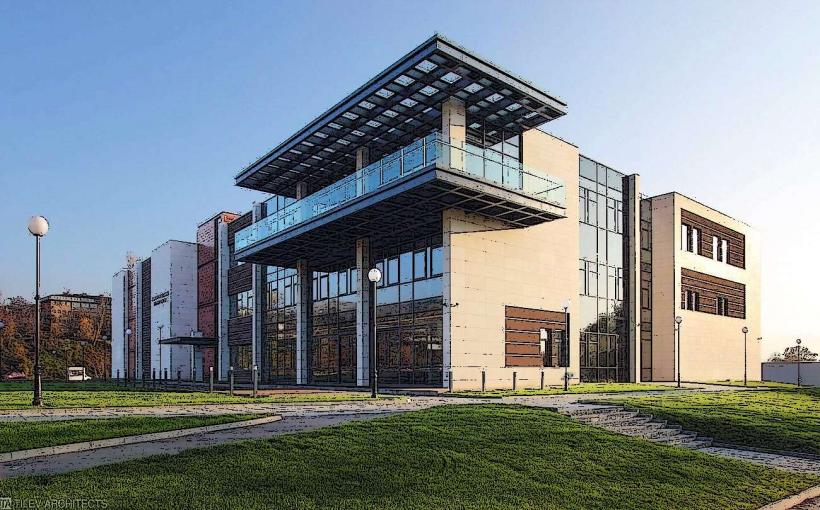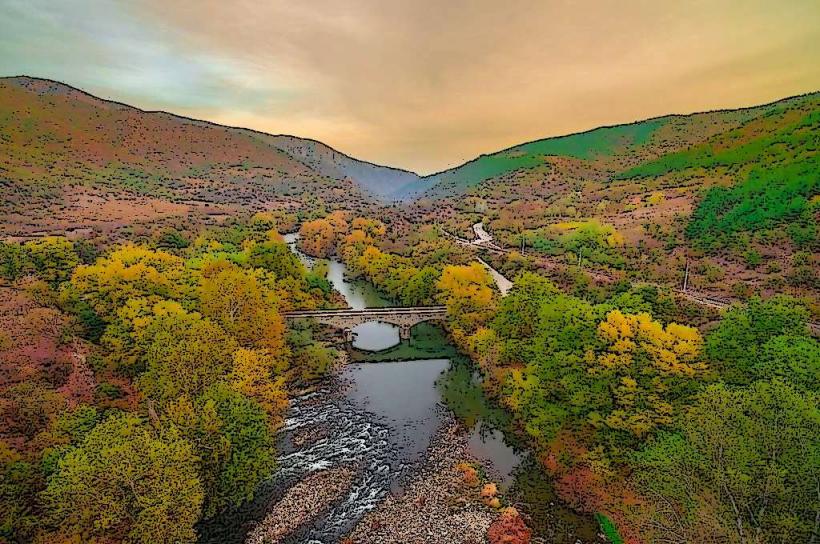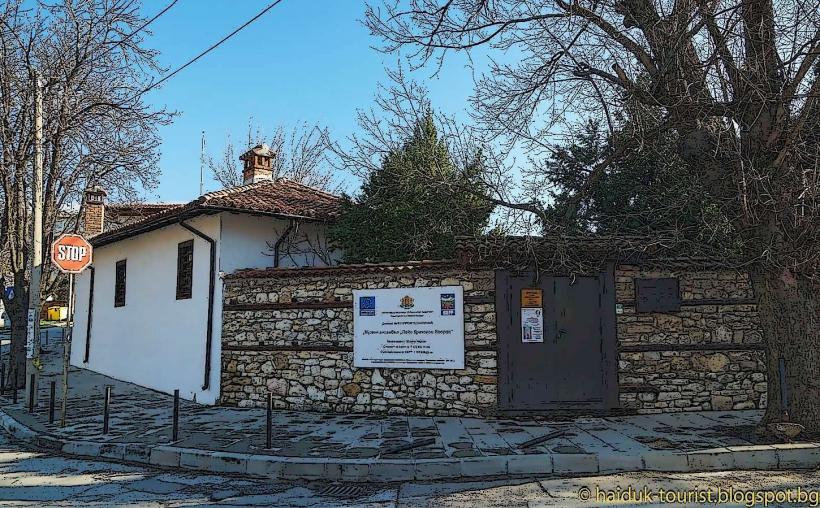Information
Landmark: Pirin National ParkCity: Blagoevgrad
Country: Bulgaria
Continent: Europe
Pirin National Park, located in southwestern Bulgaria, is one of the country’s most stunning natural reserves, recognized for its diverse landscapes, rich biodiversity, and cultural heritage. It was established as a national park in 1962 and later designated a UNESCO World Heritage Site in 1983 due to its outstanding natural beauty and ecological significance.
Geography and Landscape
Location: The park is situated in the Pirin Mountains, which are part of the larger Balkan Mountain range. It spans an area of approximately 403 square kilometers (155 square miles).
Terrain: Pirin National Park is characterized by rugged mountain terrain, deep valleys, and numerous glacial lakes. The park’s highest peak, Vihren, rises to 2,914 meters (9,570 feet), making it the second-highest peak in Bulgaria. The landscape features dramatic granite ridges, alpine meadows, and dense forests.
Lakes: The park is home to over 180 glacial lakes, with the most famous being the Seven Rila Lakes, known for their crystal-clear waters and unique shapes. These lakes are popular hiking destinations and provide a habitat for various plant and animal species.
Biodiversity
Pirin National Park boasts a rich array of flora and fauna, with many species endemic to the region:
Flora: The park’s vegetation varies with altitude, ranging from Mediterranean-type forests at lower elevations to alpine plants at higher altitudes. It is home to around 1,300 plant species, including several rare and endangered species, such as the Pirin lily and the Bulgarian fir.
Fauna: The park is inhabited by a diverse range of wildlife, including large mammals such as brown bears, wolves, chamois, and wild boars. Birdwatchers can also spot numerous species, including the golden eagle, peregrine falcon, and various songbirds. The park serves as an important habitat for many of these animals, providing them with protection and resources.
Cultural Heritage
Pirin National Park is not only significant for its natural beauty but also for its cultural heritage:
Historical Sites: Within and around the park, there are several historical and cultural sites, including traditional Bulgarian villages, monasteries, and archaeological sites. The nearby town of Bansko is known for its well-preserved architecture and cultural traditions.
Traditional Practices: The region is home to many traditional practices, including sheep herding and crafts, which are integral to the local culture and economy. Visitors can experience local customs, cuisine, and festivals that celebrate the rich heritage of the area.
Outdoor Activities
Pirin National Park is a popular destination for outdoor enthusiasts, offering a wide range of activities:
Hiking and Trekking: The park features an extensive network of marked trails suitable for hikers of all levels. Popular routes include the ascent to Vihren Peak, hikes to the glacial lakes, and paths through the beautiful forests and meadows.
Skiing and Snowboarding: In the winter months, the Bansko ski resort, located at the foothills of the Pirin Mountains, attracts ski and snowboard enthusiasts. The resort offers well-maintained slopes and modern facilities.
Rock Climbing and Mountaineering: The park’s rugged terrain provides excellent opportunities for rock climbing and mountaineering, with various routes for experienced climbers.
Wildlife Watching: Visitors can engage in wildlife watching, especially during the early morning or late afternoon when animals are more active.
Conservation Efforts
Pirin National Park is protected under Bulgarian law, and various conservation efforts are in place to preserve its unique ecosystems and biodiversity. These efforts include monitoring wildlife populations, restoring habitats, and educating visitors about the importance of conservation.
Visitor Information
Access: The park is accessible from several points, with the most common entrance being from the town of Bansko. Various visitor centers provide information, maps, and guidance on trails and activities.
Facilities: The park has limited facilities, so visitors are encouraged to prepare adequately for their trips, bringing food, water, and appropriate gear for outdoor activities.
Seasonal Considerations: The best time to visit Pirin National Park is during the spring and summer months (May to September) for hiking and outdoor activities. Winter (December to March) is ideal for skiing and snowboarding.
In summary, Pirin National Park is a remarkable destination that showcases Bulgaria's natural beauty, diverse ecosystems, and rich cultural heritage. Its breathtaking landscapes, outdoor activities, and commitment to conservation make it a must-visit for nature lovers and outdoor enthusiasts.

